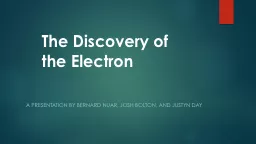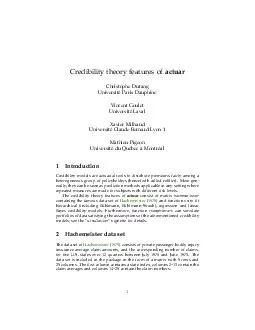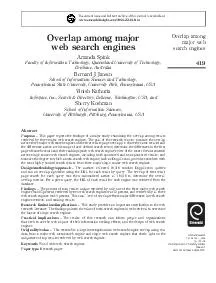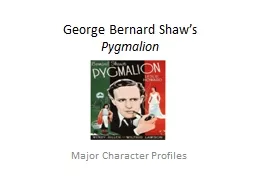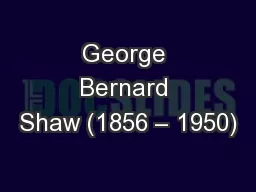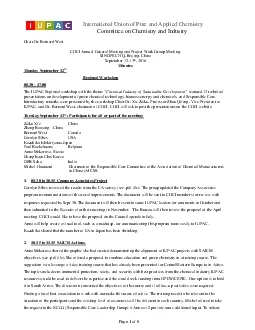PPT-A Presentation by Bernard
Author : olivia-moreira | Published Date : 2016-02-28
Nuar Josh BOlton and Justyn Day The Discovery of the Electron Cathode Ray Tube What was the composition and properties of this mysterious ray Inventor Karl
Presentation Embed Code
Download Presentation
Download Presentation The PPT/PDF document "A Presentation by Bernard" is the property of its rightful owner. Permission is granted to download and print the materials on this website for personal, non-commercial use only, and to display it on your personal computer provided you do not modify the materials and that you retain all copyright notices contained in the materials. By downloading content from our website, you accept the terms of this agreement.
A Presentation by Bernard: Transcript
Download Rules Of Document
"A Presentation by Bernard"The content belongs to its owner. You may download and print it for personal use, without modification, and keep all copyright notices. By downloading, you agree to these terms.
Related Documents

